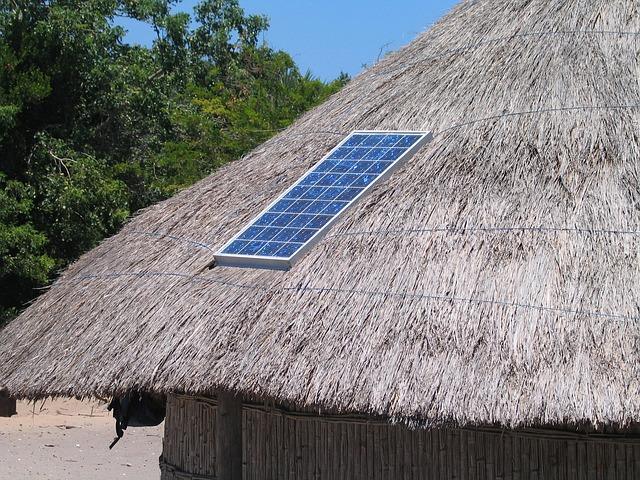The GARMIN MONTANA 680 proved to be our most powerful device, featuring a large screen, mounting options, easy to use interface, and 8 MP camera with the best reception of all units tested. It was also the heaviest and largest
Reception
Of the all units, the Montana 680 had the best reception. Utilizing a high sensitivity receiver, the Montana 680 picks up both GLONASS and GPS networks with WAAS compatibility. When testing in deep canyons, high mountains, and covered areas, we discovered it was the second fastest to lock on a location. It maintains a recorded accuracy within eight feet in both open and covered areas. In our tests we set a way point and tried to navigate back to it. On average, the Montana put us within 40 inches of the initial way points while Garmin GPS MAP 64s put us within 73 inches. We also double checked our hypothesis by walking an area of 7000 square feet. Using the area calculator function, the Montana calculated the area to be 7080 square feet. The rest of the units calculated square footage to be between 7309 - 7769. What does this tell us? This unit is pretty darn accurate.
Display Quality
The dual orientation color display features the largest screen (3.5 inches) of all tested. Due to its size, it's perfect to use as a navigation system for automobiles, motorcycles, and ATVs. No other unit was as easy to use while driving.
Even though the screen size is great, we found it produced more glare than smaller units with similar quality screen (such as the Garmin eTrex 20x). That said, its screen quality was much better than units with plastic screens like the Magellan eXplorist 510.
Ease of Use
The interface of this unit is similar to any other Garmin handheld. There is only one push button on the side for power, while the rest is completely touchscreen. While the unit features these touchscreen capabilities, it's not as easy to use as the Garmin Oregon 600t. You can only use one finger to control the screen (versus two).
Similar to all other touchscreen devices, you must use the touchscreen as a keypad to enter waypoints and other information. We did like the big display and easy-to-use menu format that some of our novice users thought was pretty simple. In comparison to the rest, we thought this was the second easiest unit to use for the complete beginner.
Speed
Earning top marks in this category, the Montana 680 was the fastest of all units tested. Even though the Oregon 600t was a little more sensitive to touch, we found the Montana 680 was a hair faster. Instead of waiting for short pauses when redrawing maps, the unit was flawless and took no time to respond. When comparing the electronic compass on all units with this feature, we noticed the Montana's compass did not stick or lag. We could follow our tracks from one place to another very easily.
Weight and Size
Losing some serious points here, our testers were not thrilled about the weight and size of this handheld GPS. Still able to fit into only LARGE pockets, this unit is bulky and heavy.







